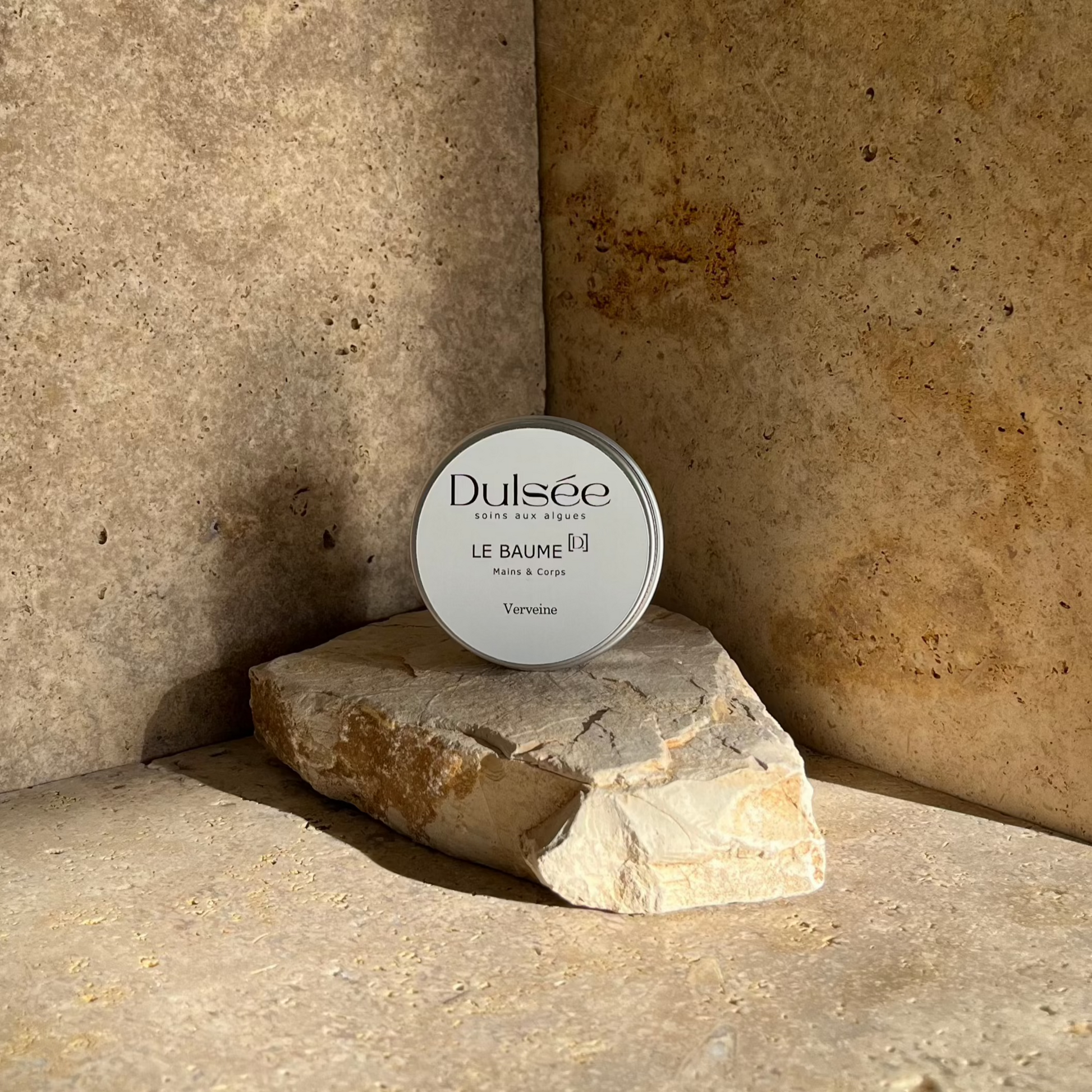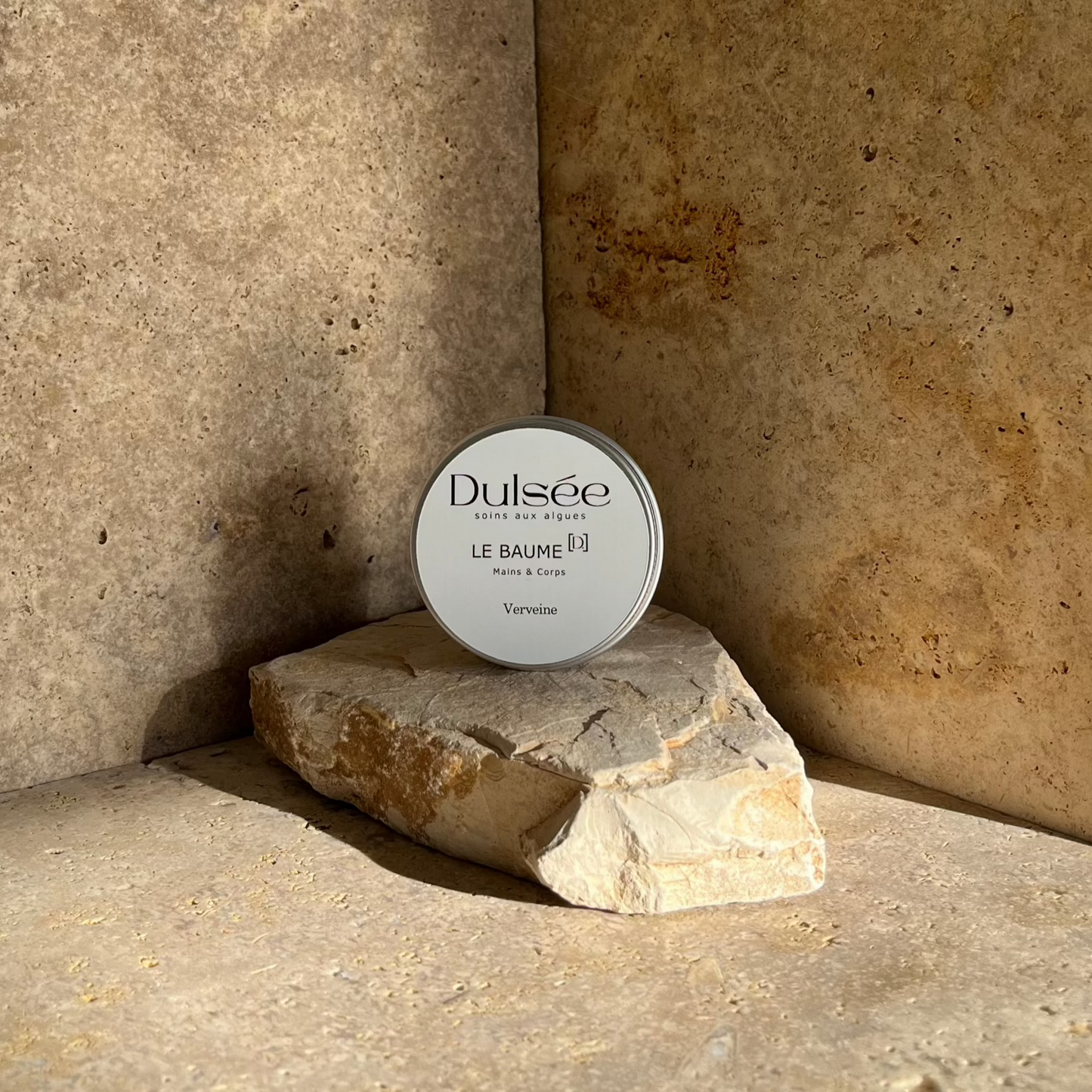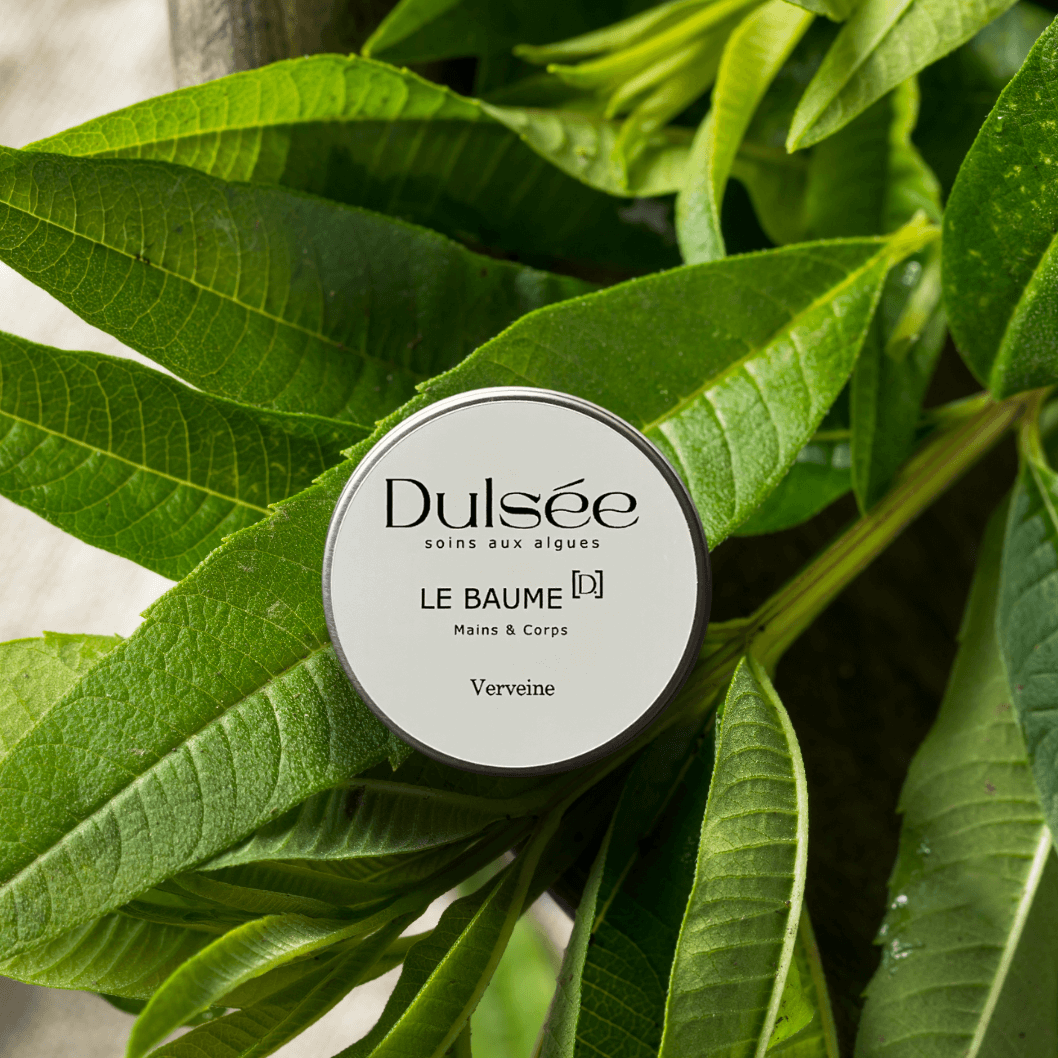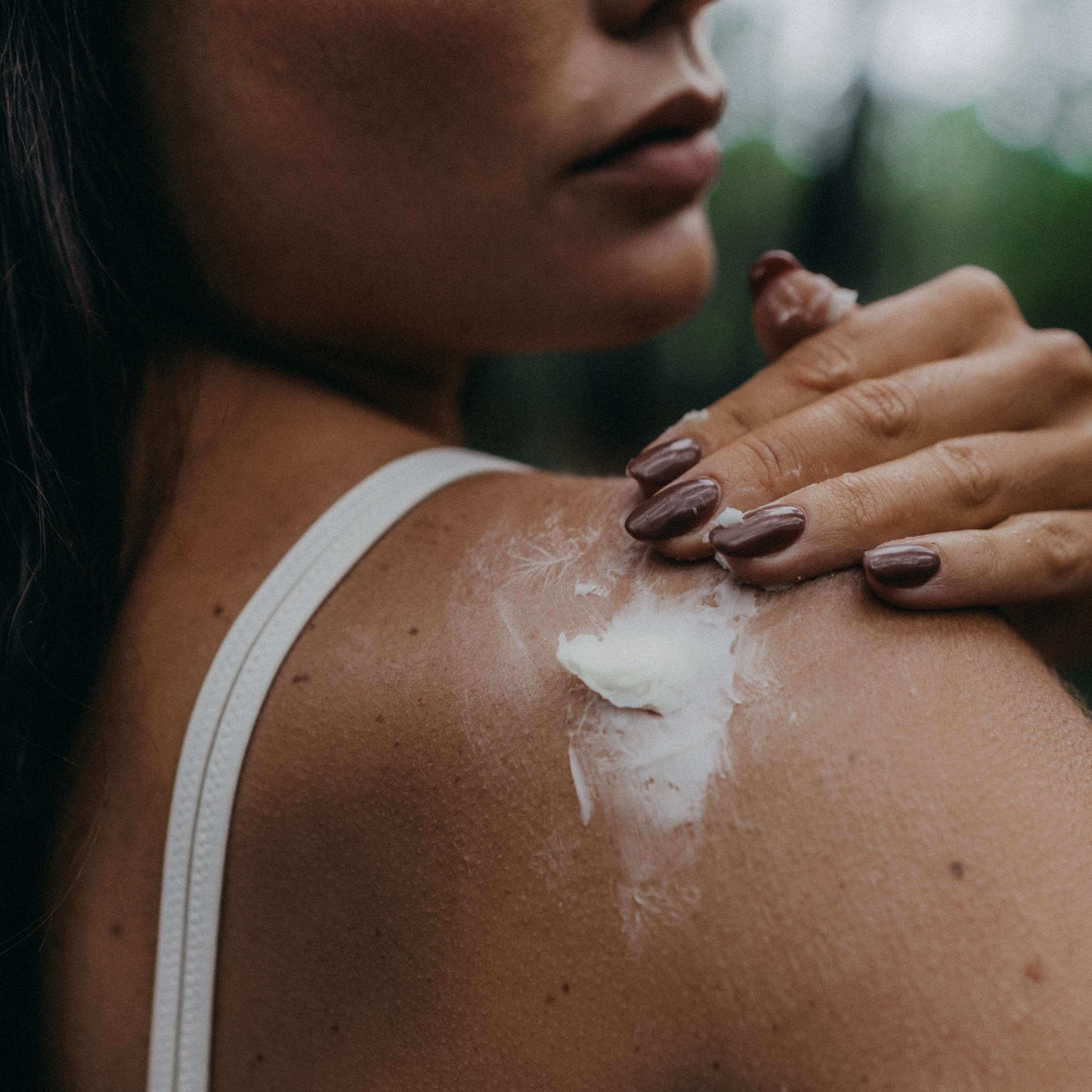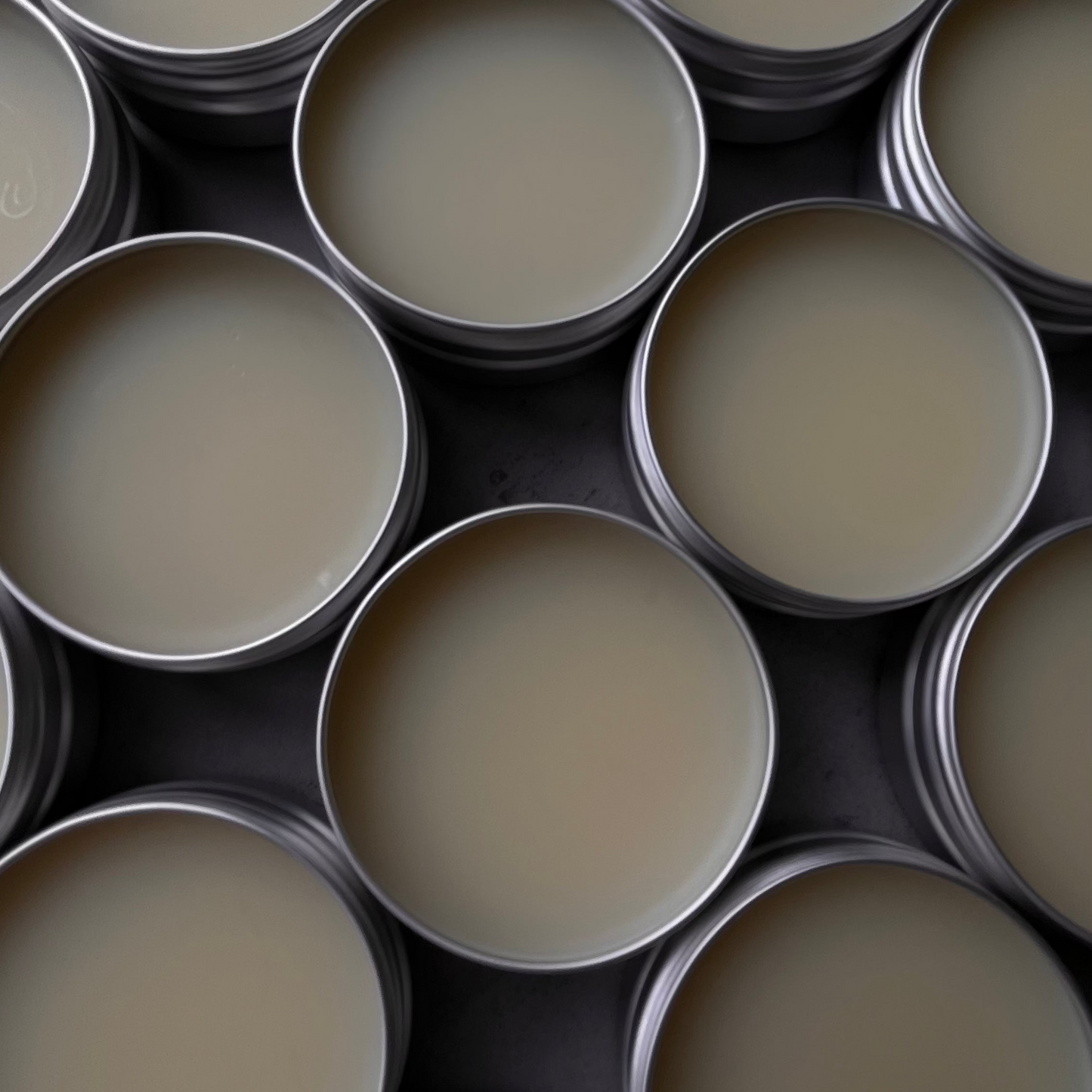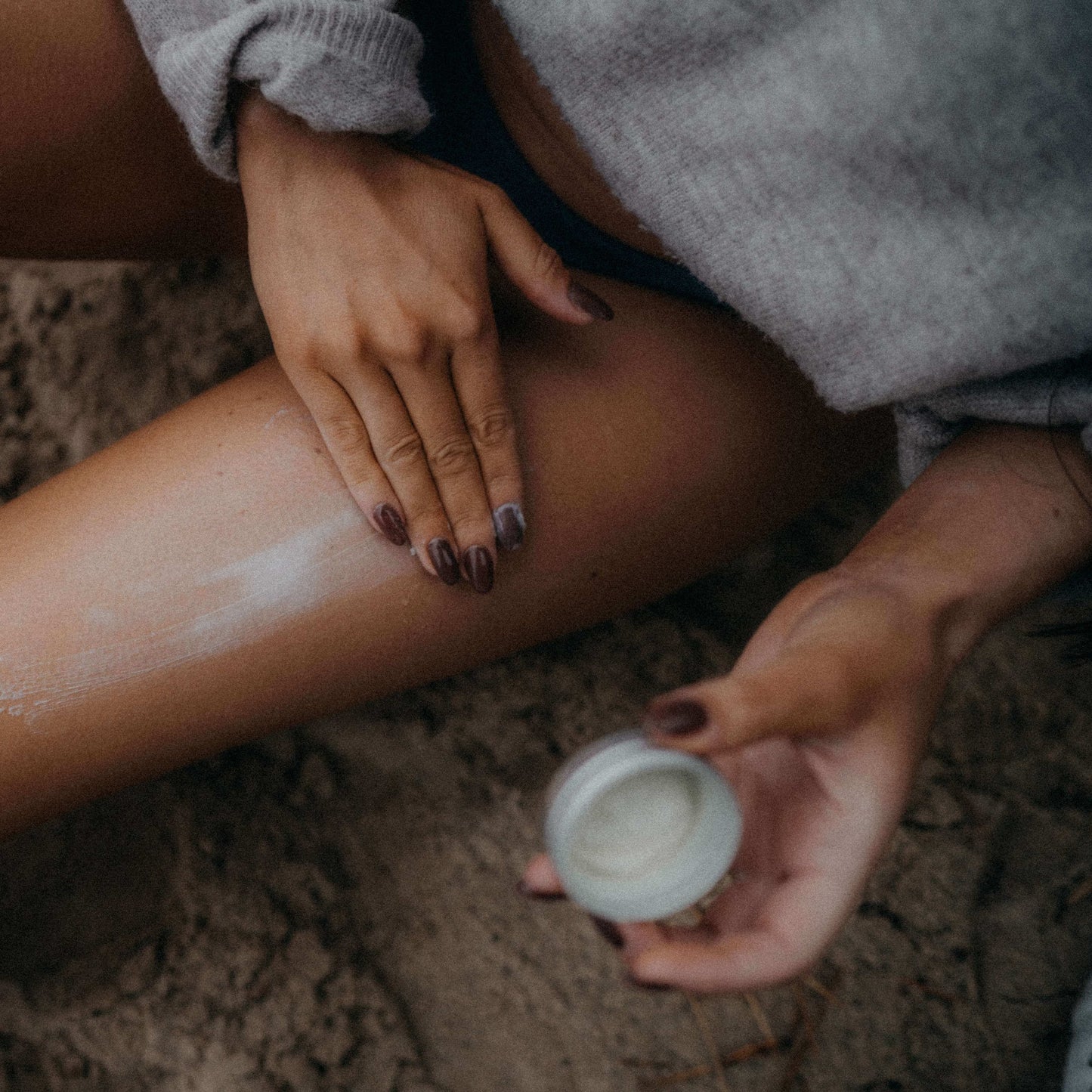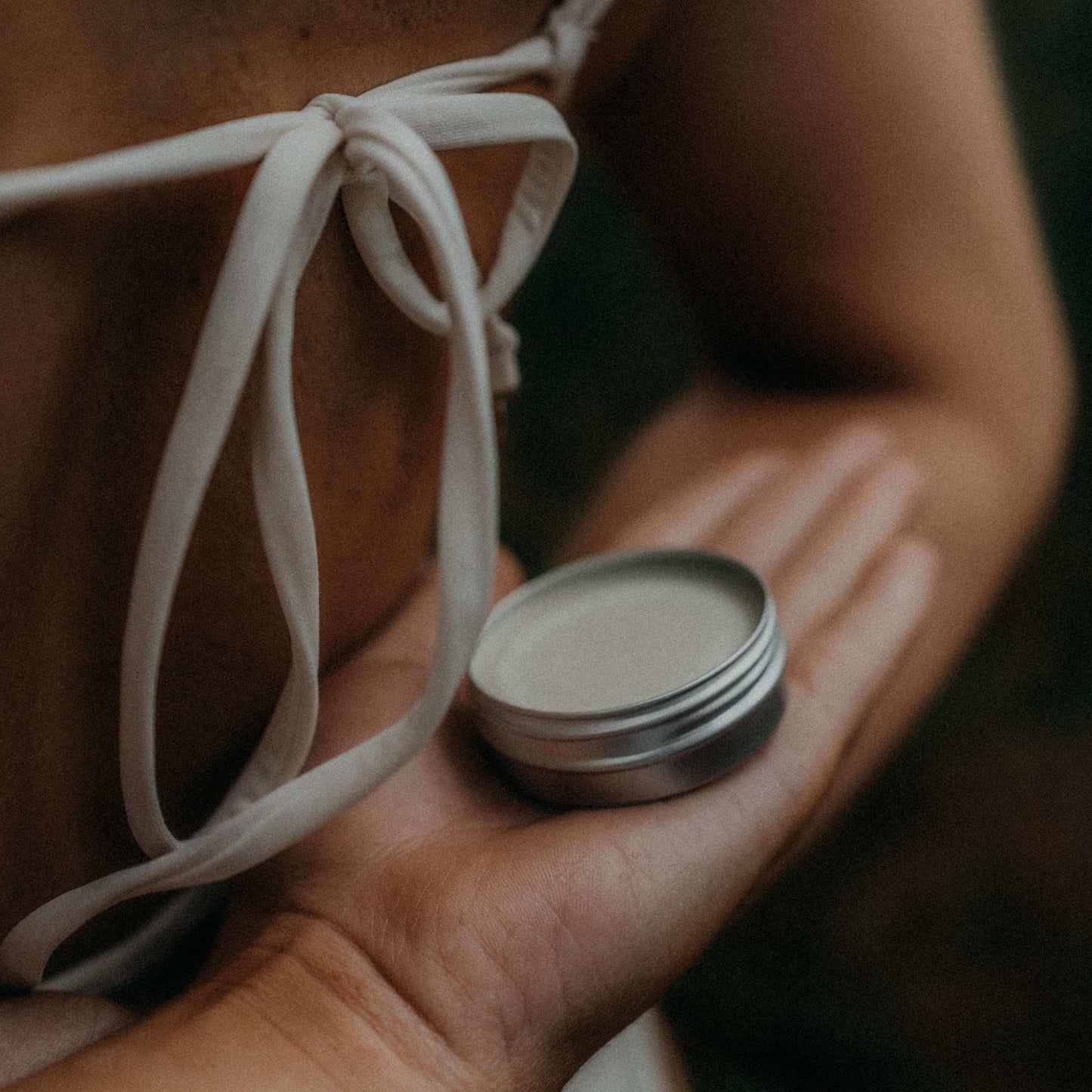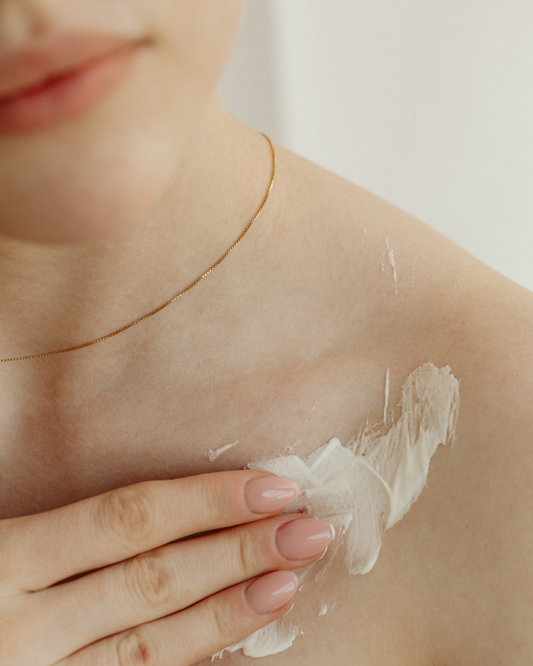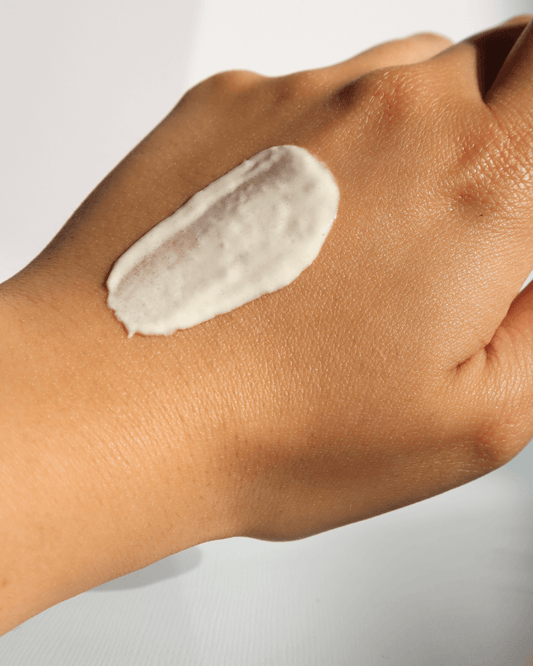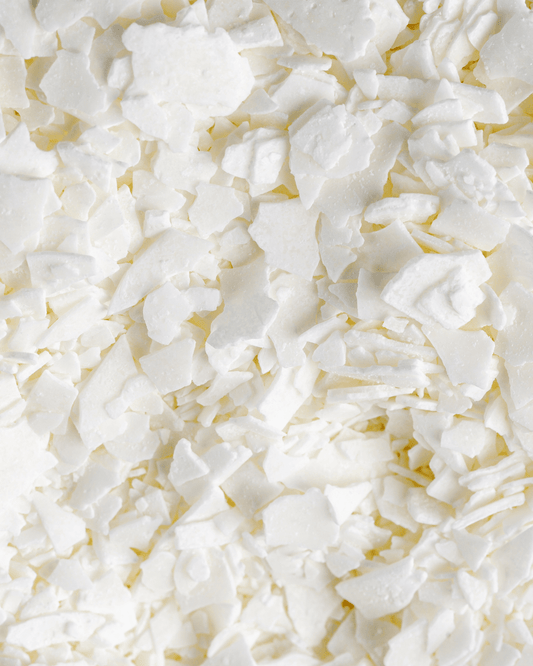
Why do we have dry skin?
Share
Dry skin, or xerosis, today affects more than 40% of the world's adult population. This phenomenon, far from being simply cosmetic, can have a significant impact on our quality of life and the health of our skin. According to a recent study published in the Journal of Investigative Dermatology (Wang et al., 2023), dry skin is closely linked to skin barrier dysfunction and microbiome imbalance.
Anatomy of dry skin
To understand dry skin, you need to understand its structure. The epidermis, our first line of defense, is made up of several layers, the most superficial of which, the stratum corneum, plays a crucial role in hydration. This layer functions as a protective barrier thanks to:
- Natural Moisturizing Factor (NMF)
- Ceramides
- Essential fatty acids
- Cholesterol
When any of these elements are disrupted, the skin barrier weakens, leading to excessive water loss, known by the scientific term Insensible Water Loss (IWL).
The 3 telltale signs of dry skin
If these 3 symptoms are your daily life, then you have dry skin (sorry...)
- Feelings of discomfort:
- Persistent pulling pains
- Occasional itching
- Sensation of “tight skin” after showering
- Visible signs:
- Peeling skin or by its other nice name ✨desquamation✨
- Dull complexion
- Roughness to the touch or crocodile skin
- Presence of dehydration lines
- Localized redness
- Manifestations vary depending on the areas:
- Face: areas of tension, particularly around the eyes
- Body: roughness on arms and legs
- Hands: cracks and chapping, the worst thing in winter...
Multifactorial causes of dry skin
Environmental factors
Research published in Environmental Science and Pollution Research (Thompson et al., 2022) highlighted the growing impact of environmental factors on skin health:
- Air pollution: fine particles and ozone
- Extreme climatic variations
- UV exposure, ps: don't forget your sunscreen!
- Air conditioning and heating that really dry out the skin
- Inadequate ambient humidity
Internal factors
Internal causes are just as important:
- Genetic predisposition
- Age (natural decrease in lipid production)
- Hormonal imbalances
- Oxidative stress
- Unbalanced diet
- Chronic dehydration, we think about drinking at least 1.5L per day, it's easy to do on a daily basis.
Harmful daily habits
Some common practices can worsen dry skin:
- Showers too hot
- Use of aggressive products
- Excessive scrubbing, take it slowly otherwise it’s counterproductive!
- Vigorous drying of the skin, pat the skin after getting out of the shower.
Practical solutions and optimal routine
The ideal routine for dry skin
Morning :
- Gentle cleansing with a non-soapy formula
- Applying moisturizing serum to damp skin
- Nourishing cream to seal in hydration
- Sunscreen
Evening :
- Double delicate cleaning
- Repairing serum
- Nourishing cream
- Vegetable oil (optional)
Assets to focus on
Recent research in cosmetology (Zhang et al., 2023) recommends:
- Hyaluronic acid of different molecular weights
- Plant ceramides
- Omegas 3, 6 and 9
- Squalane
- Vegetable glycerin
- Shea Butter
- Algae extracts
That's perfect, the Dulsée balm is enriched with vegetable oils rich in Omegas, shea butter, wheat germ oil, and red algae extract Chondrus crispus!
The latest advances in marine biotechnology (Martinez et al., 2024) have revealed the extraordinary potential of Breton algae in the treatment of dry skin.
The essential gestures
To optimize the effectiveness of your routine:
- Ideal water temperature: 32-37°C
- Application of treatments on damp skin
- Gentle, upward massage
- Using an air humidifier
- Protection against thermal variations
Lifestyle Tips
Nutrition and hydration
Healthy skin starts from within:
- Daily consumption of 1.5-2L of water
- Foods rich in omega 3
- Antioxidant fruits and vegetables
- Reduction of pro-inflammatory foods
- Vitamin D and E supplementation if necessary
Environmental protection
Adopt these protective habits:
- Daily use of sun protection
- Wearing suitable clothing in winter
- Avoidance of direct heat sources
- Maintaining optimal ambient humidity
Special cases and specific situations
Seasonality
Skin dryness varies according to the seasons:
Winter :
- Reinforced protection
- Richer treatments to maintain hydrolipidic balance
- Particular attention to thermal transitions
Summer :
- Light but frequent hydration
- Enhanced sun protection
- Post-exposure rehydration
Specific areas
Some areas require special attention:
- Eye contour: specific perfume-free products
- Hands: protective barrier creams
- Lips: repairing balms
- Elbows and knees: extra-nourishing care
The final word
Dry skin, although common, does not have to be inevitable. Thanks to advances in marine biotechnology and an in-depth understanding of skin mechanisms, effective and natural solutions exist. At Dulsée, our commitment to research and innovation allows us to offer solutions that respect the skin and the environment.
Written by Doctor Ambli
Keywords: dry skin, dry skin, skin hydration, dry skin care, dry skin cause, dry skin treatment, dry skin routine, Breton algae, marine biotechnology, skin barrier, skin microbiome, xerosis, natural hydration, natural facial care, algae cosmetics.
Bibliographic references:
Wang, L. et al. (2023) "Cutaneous Microbiome and Skin Barrier Function", Journal of Investigative Dermatology, 143(4), pp. 712-720.
Thompson, R. et al. (2022) "Environmental Impacts on Skin Health", Environmental Science and Pollution Research, 29(5), pp. 234-248.
Martinez, C. et al. (2024) "Marine Algae Compounds in Skincare: A Systematic Review", Marine Drugs, 22(1), pp. 23-35.
Zhang, Y. et al. (2023) "Skin Hydration Memory: New Insights into Epidermal Water Management", Nature Skin, 2(1), pp. 1-12.
Keywords: dry skin, dry skin, skin hydration, dry skin care, dry skin cause, dry skin treatment, dry skin routine, Breton algae, marine biotechnology, skin barrier, skin microbiome, xerosis, natural hydration, natural facial care, algae cosmetics.

